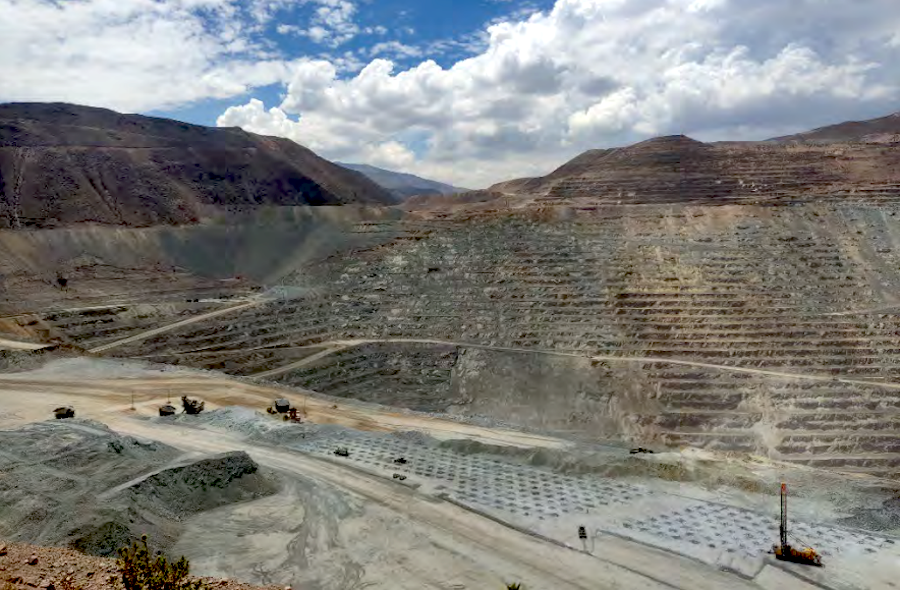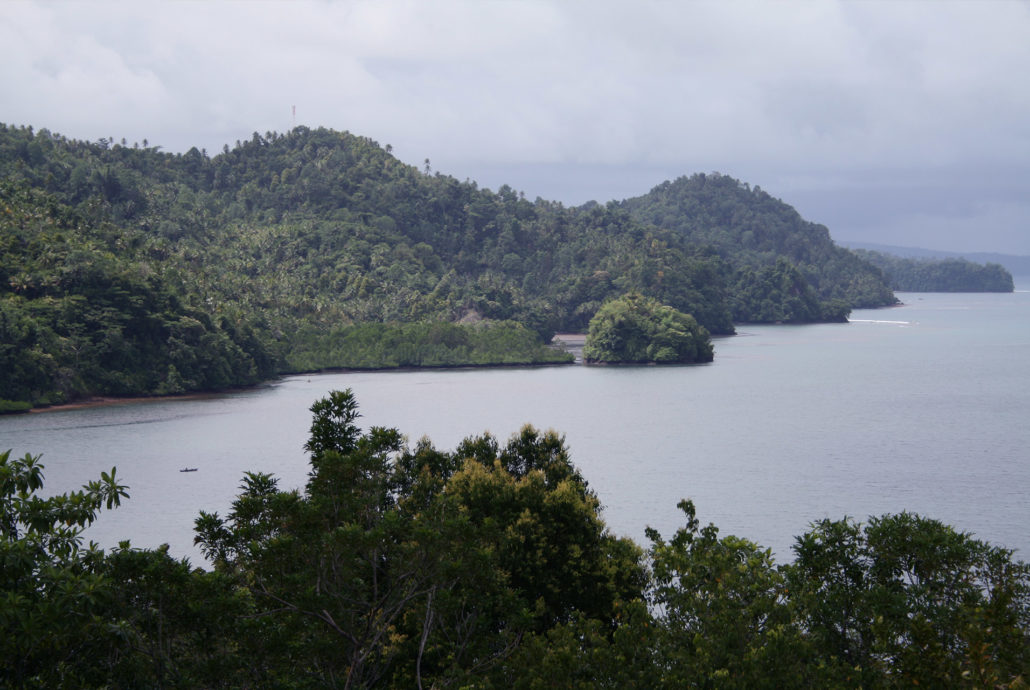Glencore closes another zinc mine

Looking south east over the Black Star Open Cut pit towards Glencore Mount Isa Mines surface infrastructure and the city of Mount Isa
Apart from steelmaking raw materials iron ore and coking coal, zinc is the best performing mined commodity in 2016. Trading at $2,374 a tonne, the metal is up 47% year to date.
Zinc’s prospects brightened considerably after the shutdown of two major mines last year – Australia’s Century and the Lisheen mine in Ireland. The two mines had a combined output of more than 630,000. The shuttering of top zinc producer Glencore’s depleted Brunswick and Perseverance mines in Canada in 2012 brings total tonnes going offline since 2013 to more than one million tonnes.
Glencore has been out in front when it comes to curtailing production to shore up prices and the Swiss giants’ announcement of cutbacks inspired another leg up in the price. Glencore’s first half production numbers showed a 31% output decline to 506,000 tonnes after the company idled mines in Peru and downscaled its Australia operations.
On Monday announced another zinc and lead mine closure due to depletion of reserves. According to the company the mine began production in 2004 with an initial expectation of an eight year life but it lasted 13 years producing 40m tonnes of ore, 1.75m tonnes of contained zinc metal and nearly one million tonnes of contained lead metal.
Glencore said it has implemented a staged workforce transition program over the past three years with many employees redeployed to other operations.
In a statement Glencore’s Chief Operating Officer for Zinc Assets Australia Greg Ashe as saying Black Star’s workforce “overcame a number of unique geotechnical and mining challenges presented by an old expansive network of abandoned underground workings”:
“The team adopted an innovative approach to void analysis, which enabled the safe and sustainable recovery of a valuable mineral resource that would otherwise have been inaccessible.”
More News
Southern Copper says 20 injured in attack at Peru mining project
Images circulated on social media showed the Los Chancas mining camp in flames, reminiscent of a 2022 incident.
March 17, 2025 | 02:19 pm
PDAC 2025 JV Video: Exploration has reached its ‘ChatGPT moment,’ Vrify CEO says
“By placing advanced technology in the hands of geologists, Vrify empowers technical teams to make swift, data-driven decisions.”
March 17, 2025 | 02:13 pm
Baru Gold plunges after investment deals break down
Baru Gold has been looking to bring the Sangihe gold project, situated on the Indonesian island of the same name, into production.
March 17, 2025 | 02:05 pm
{{ commodity.name }}
{{ post.title }}
{{ post.excerpt }}
{{ post.date }}




Comments